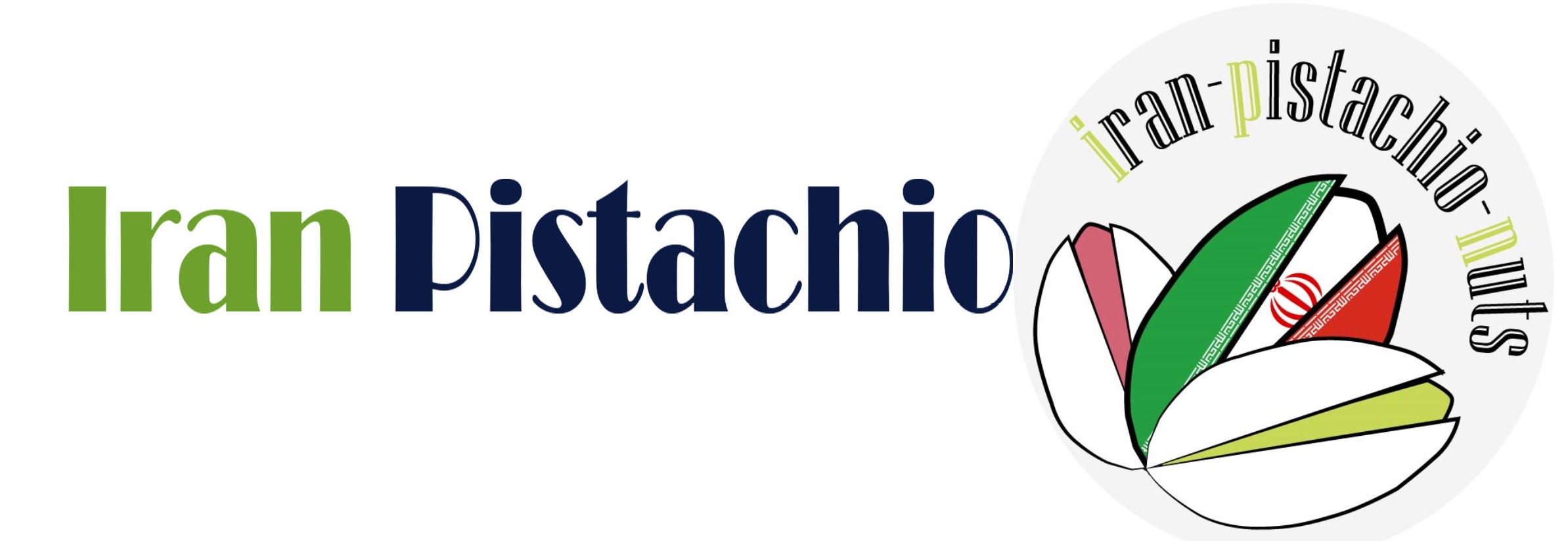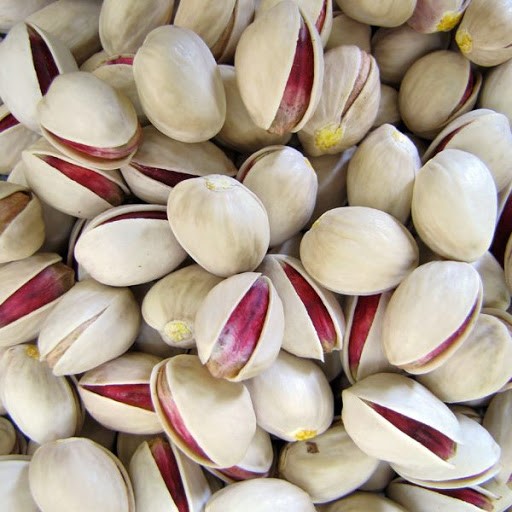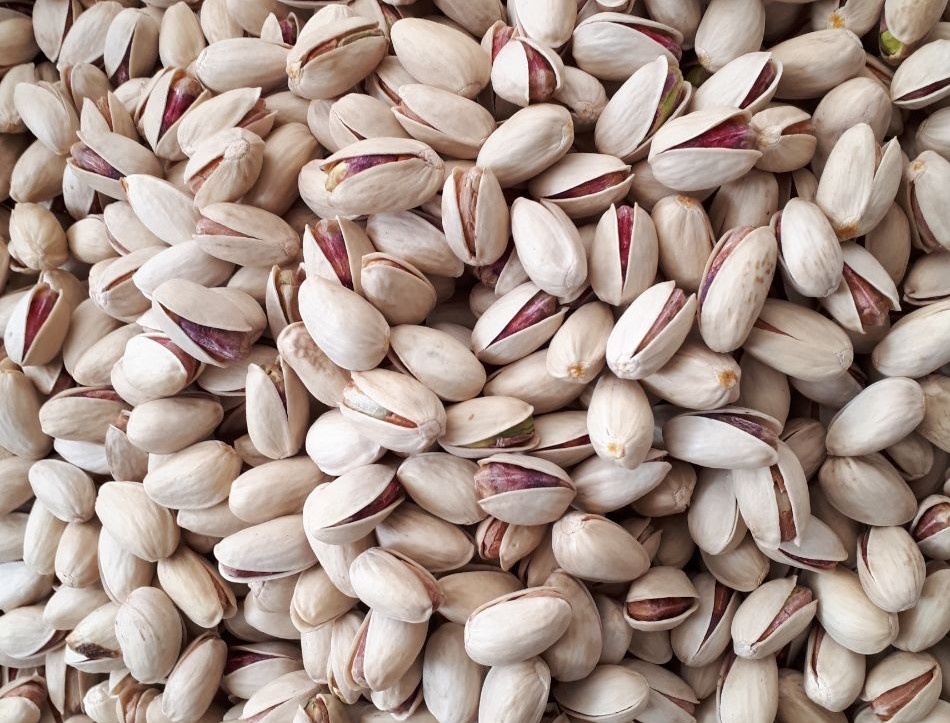Wild pistachio (Pistacia atlantica)
Introducing Wild pistachio (Pistacia atlantica)
Introduction
Wild pistachio (Pistacia atlantica) is a type of genus of pistachio trees that is known in Iran by different names, the most famous of which is “pistachio“. In other countries, it is known by other names, but everyone considers the birthplace of this tree to belong to Iran.
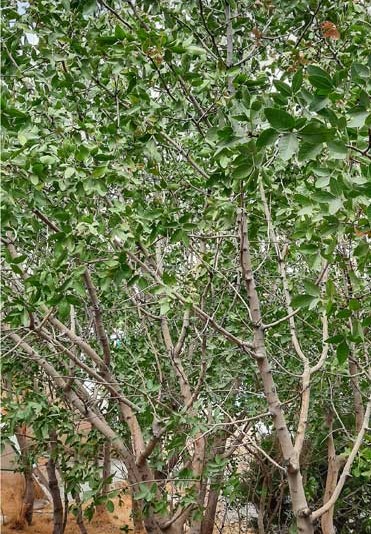
wild pisatchio tree
It also has a type of grafted fruit called “Golkhak” and its sour type is called “Beneshteh”. The Turkic languages called its fruit “Chatlanghush”. The Arabs also call the fruit of this tree “green love”.
In English, it is known as “Atlas frankincense tree”. In other countries, this tree is also known as “Iranian turpentine tree” and the reason for this is the extraction of turpentine from the gum of this tree, which will be explained further.
Wild pistachio (Pistacia atlantica) tree has a height of 2 to 7 meters and the main origin of this tree is mountainous areas. It turns a light orange in autumn. The leaves are all monocotyledonous and compound, although they have different shapes under different species.
This tree, unlike the pistachio plant, has a male and female species together and is so-called single-sex. It has 5 sepals and no petals. The male flower has a flag of 4 to 5 and the female flower has a short cream and its fruit is of the shaft type, which in simpler language grows or grows in a hard layer of fruit. It can be said that it is in the form of seeds.
It has a hard shell that prevents the fruit from sprouting when planted normally. Its seeds germinate in the spring after spending several years in the environment and the shell is worn or cracked in the frost.
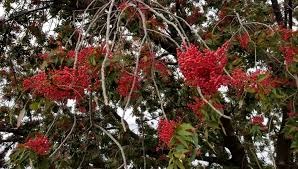
red flower of wild pistachio tree
The branches of this tree are white and slightly grayish. Coriander or the fruit of the Wild pistachio (Pistacia atlantica) tree has oily kernels. The seeds usually turn green in the fall and are dark green.
Wild pistachio (Pistacia atlantica) tree is one of the long-lived trees. The oldest Wild pistachio (Pistacia atlantica) tree is 1500 years old and is still 11 meters long in Oudraj city.
This tree has a red flower that is used in dyeing, especially in the handmade carpet industry. Wild pistachio (Pistacia atlantica) or coriander is one of the trees that fall late.
From ancient times in Iran, by injuring the bark of this tree, turpentine was extracted from the gum extracted from its bark, which has many properties.
This is done as shown in the photo below by using a suitable cut or slit on the bark of the tree in place of the trunk, and placing a small bowl-like object under each slit to hold the gum out.
Wild pistachio (Pistacia atlantica) tree habitat
As mentioned, the main habitat of the Wild pistachio (Pistacia atlantica) tree is mountainous areas and it grows mostly in the mountains, but it has shown more interest in growing in high peaks, precipices and remote mountainous areas.
The fruit kernel is very similar to pistachio, as expected, but much smaller. Wild pistachio (Pistacia atlantica) are mostly grown in Kohgiluyeh and Boyer-Ahmad, Ilam and Kurdistan provinces.
It is also found in other regions of Iran, including the dry forests of Fars, Kerman, Baluchistan, Yazd, Semnan, Lorestan, and the Alamut heights. For example, out of 600,000 hectares of forests in Ilam province, approximately 200,000 hectares are pistachio trees or Wild pistachio (Pistacia atlantica).
Consumption of Wild pistachio (Pistacia atlantica)
The first use of the Wild pistachio (Pistacia atlantica) tree is to help preserve a mountainous environment that cannot be ignored. Of course, this tree has countless uses and applications.
Apart from environmental applications, Wild pistachio (Pistacia atlantica) and its tree are also widely used in medicine and industry. The medicinal and industrial aspects of this plant are quite clear.
For example, Wild pistachio (Pistacia atlantica) tree gum has many medicinal and industrial uses and its fruit is known and used as a medicinal plant. Fruits, leaves, gums extracted from the tree, whether natural or in the form of plant scabs, have many medicinal uses.
It should be noted that excessive and unprincipled exploitation of the tree or stem of Wild pistachio (Pistacia atlantica) tree can have adverse physiological effects and further weakness of the tree, which is also an irreparable danger to the environment.

wild pistachio
However, controlling the amount of extraction and applying the right methods can minimize the damage to the tree. Accurate knowledge of the natural habitats of medicinal plants, while clarifying the existing potentials, provides the possibility of proper development and exploitation.
It also clarifies the capabilities and limitations of each region for economic development and operation.
Medicinal and therapeutic properties
Turpentine poultice extracted from Wild pistachio (Pistacia atlantica) tree, which is melted with animal fat, is used to remove crooked and cracked nails. Turpentine strengthens the stomach and helps digest food and stimulates appetite.
A mixture of turpentine with olive oil is useful for removing swelling and cracking and itching of the skin. Tonic for the liver and spleen. It removes all kinds of stomach worms and relieves cough and suffocation, and relieves back pain, back pain and colic.
Wild pistachio (Pistacia atlantica) poultice is useful in the treatment of inflammation and severe wounds. Since Wild pistachio (Pistacia atlantica) contains vitamins A and types B and D, it strengthens the nerves and treats lip cracks and prevents night blindness and soft bones. Cures.
In the pharmaceutical industry, an ointment is made with its gum to prevent it from being bitten by pests.
Food consumption
The oil extracted from coriander fruit can be used for cooking, which also has unique properties for use in this field. Wild pistachio (Pistacia atlantica) kernels are as easy to eat as pistachios, but their taste is a little less popular than pistachios.
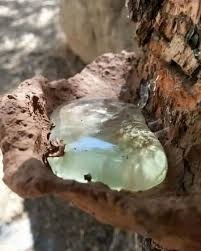
wild pisatchio tree gym
When it is not ripe, pickle is made from coriander, which has many fans. Finally, it should be noted that tree gum, also known as turpentine, is also the basis of many chewing gums.
